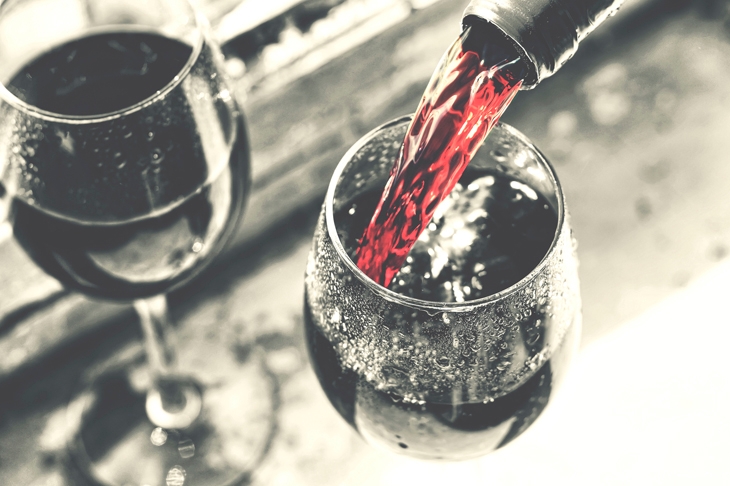I was trying to remember what I once knew about the theology of the Reformation and especially the various factions’ arguments about good works. Some of them thought that good works were a testimony to Grace. To others, they were a route to Grace. To the Calvinists, they were a mere irrelevance. All that mattered was the inexorable, terrifying verdict of predestination. That at least is my recollection. Choosing a via media, if not necessarily Anglicana, I prefer a phrase from the 1990s, ‘the active citizen’. Whatever its relationship to Divine Grace, that sounds a useful goal, and I occasionally try to pursue it, especially in relation to a club of which I am a member.
We spend a lot of time worrying about the problems of ageing. These can strike unexpectedly and have serious financial consequences. Oxidisation is an especial horror. Suddenly, a rack full of white Burgundy has degenerated into senility. Hundreds, thousands of pounds’ worth of stock has lost all value. So I and some friends are a vinous version of the emergency services: a St John’s Ambulance Brigade for the cellar. We started our mission of mercy with Simon Bize. That is a serious Burgundy producer, which I have already saluted in this column. But we were in for disillusion. The Bourgogne Blanc les Champlains 2011, the Savigny-lès-Beaune 2010 and 2011; although unoxidised, they were banal: weary, stale, flat and unprofitable. I would not wish to put readers off the Bize wines, for I have never hitherto had a bad one yet, that was a grave disappointment.
Plunged into gloom, prompted towards the most pessimistic interpretations of the human condition, we were rescued by that Florence Nightingale of vigneronnes, Nathalie Tollot, of Tollot-Beaut. Her oeuvre has also been extolled on this page, as has she. A delightful girl — a poem of womanhood — she is incapable of making a bad wine and her prices are reasonable. We were reviewing her Chorey-lès-Beaune in successive vintages from 2010 to 2014, to decide on readiness. In most cases, fixing a batting order, there seemed little reason to depart from chronology. But there was debate about the 2010. It needed drinking up, which would be no disgrace in a wine of its age. After all, Chorey-lès-Beaune is merely a Burgundian cru bourgeois.
Others disagreed. They thought that with age, the 2010 was gaining in sous bois complexity, the scents you would expect in an autumnal walk through a wood after heavy rain: fungaloid odours, the strong hint of dead leaves, a general vegetal aroma — almost pungent, but never unpleasant.
This brings us to the paradox of Burgundy. Pinot noir is a gentle, demure, feminine grape. When I drink a fine one, I feel drawn to the enchantments of Burgundian civilisation in the 15th century. Brave men — Jean sans Peur and Charles le Téméraire. Beautiful girls — Mary of Burgundy, Charles’s daughter, whose tomb in Bruges is a profoundly moving, haunting attempt to transcend youthful death. Chivalry, great art — and they were already producing good wine. It is a favourite geopolitical fantasy of mine. Renaissance Burgundy is what Europe ought to have become.
And yet. Sink your nose into a glass of red Burgundy and you are also reminded of the compost heap. When he described all that, the late Bron Waugh used to delight in using the word ‘anal’. Crude though this was, he had a point. Of all the sometimes absurd attempts to characterise the smells of wine and whisky, Bron’s was not the least appropriate.
When tasting Burgundian red wines, one of the surviving glories of its culture, we are never too far from the kitchen midden. That paradox goes beyond Burgundy. It may even throw light on predestination.






Comments